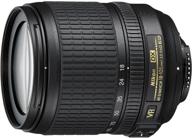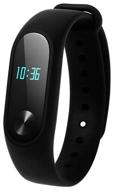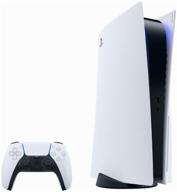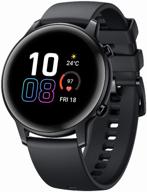
Review on 📷 Panasonic Lumix G Fisheye Lens, 8mm, F3.5, Micro Four Thirds, H-F008 - USA Black: A High-Quality Mirrorless Option by Tammy Harris

Great lens but not for everyone (update)
This is a great lens but niche at the same time. The construction of this lens is first class. It is very similar to the Panasonic 7-14mm f/4.0 Micro Four Thirds lens for Panasonic DSLRs. The lens is very small and light for a fisheye lens. Panasonic claims it's the world's smallest lens. This lens is characterized by its incredibly wide field of view and the clean, distorted look that gives the lens its fisheye name. There are 3 types of wide angle lenses: Panasonic Ultra Wide Angle Straight 7-14mm - 114 degrees. Panasonic fisheye diagonal 8 mm - 180 degrees. Circular fish eye - 180 degrees. A rectilinear lens, while having some barrel distortion, basically tries to eliminate it as much as possible to make the image look square or realistic. However, when the distortion is removed, the field of view decreases. As mentioned above, a 7mm Panasonic lens gives a 114 degree field of view. The 8mm 8mm fisheye offers a 180 degree field of view despite being 1mm longer. This is achieved through massive barrel distortion. Essentially, the only straight lines that are straight go through the center of the lens. "Diagonal" Fisheye uses the entire rectangle of the frame. Whereas a "round" fisheye will have a round image with black corners as they are totally underexposed. This Panasonic 8mm is a "diagonal" fisheye which I personally prefer. The reason this lens is niche is that while the effect is cool, it ages very quickly with repeated use. For weddings it would be nice but only for 2-3 photos. The same goes for birthdays or sporting events. It's the same with videos. You can use it for multiple segments in one clip, but when you try to record an entire video, even a 3-minute video, people get bored and tired of it very quickly. So this lens has fantastic build and great optics and would make a nice addition to many tool kits, it shouldn't be one of the first lenses you buy. When choosing between this or 7-14mm, 7-14mm would be the best choice in most cases. If you're looking for a fisheye to extend your reach and want the smallest lens with great optics, then this is the lens for you. Pros 1) Great construction - plastic but strong 2) Incredibly small and light (less than 6 oz!) 3) Excellent optics Cons 1) Only 7 blade aperture instead of 9 - doesn't matter because the 8mm fisheye " Almost nothing will be blurred. However, for this price, 9 petals would be better. 2) niche lens 3) Panasonic spent time and money on this, although they could have made a 25mm f/1.4 or much less than the required 300mm f/2.8 Egypt. I had a G1 and a GH1 and the two lenses that were left on my camera were 14-140s. and 8mm. This is a great travel lens. There is no doubt about it. On tour you always need an ultra wide angle lens. The cool thing about fisheye is that you get 180 degrees. Yes you will get distortion but as you can see in my photos sometimes that's a good thing. Another thing to note is that distortion can be corrected in post-processing. Although you lose part of the photo in the process, you don't lose as much as if you were shooting with a straight lens. As an update on this I would give the following recommendations on this or 7-14mm. If you are a pro or semi-pro then you most likely need both. However, if you can only have one, then 7-14mm first, and then 8mm. If you are an amateur then I would recommend 8mm first. You can correct the distortion in post. It's 0.5 stops faster and is incredibly useful for all types of travel and everyday photography.
- Good product for the price
- weak
New products
Comments (0)
Top products in 👓 Lenses

Canon EF 50mm f/1.8 II Fixed Lens - Discontinued by Manufacturer

93 Review

New Nikon 18-105mm Vibration Reduction 📷 Zoom Lens with Auto Focus for Nikon DSLRs

104 Review

Nikon 50mm f/1.8D Lens: Perfect for Nikon DSLR Cameras!

97 Review

Canon EF 40mm f/2.8 STM Lens - Fixed Black (6310B002) for US Cameras

76 Review





